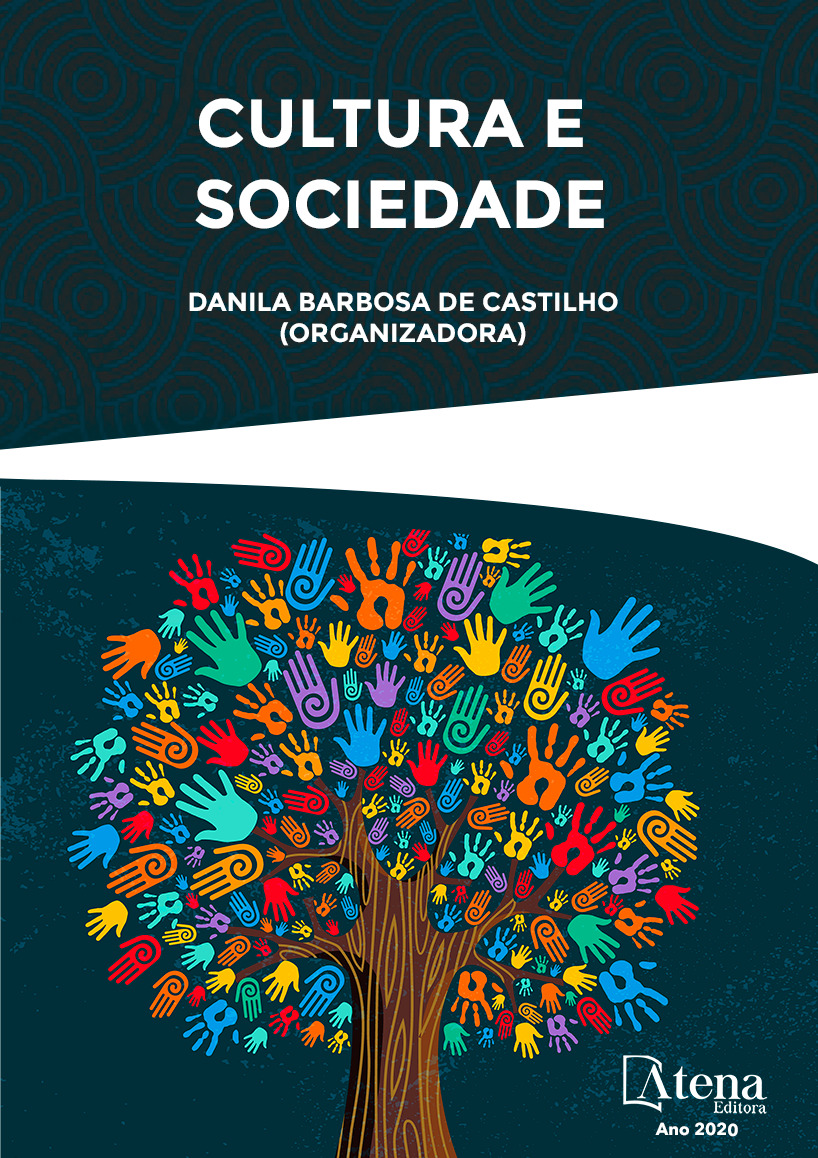
CABILA E IJEXÁ: INTERCONEXÕES ENTRE RITMOS DE DUAS CULTURAS
Cabila e Ijexá são Ritmos de Matriz
africana que compõe o extenso repertorio
musical de diversas nações de candomblé
no Brasil. Entre as três principais nações de
candomblé da cidade de salvador – Ketu, Jêje
e Angola – os ritmos escolhidos podem ser
observados dois desses segmentos: o Ijexá
na nação Ketu e o Cabila na nação Angola.
Desta forma, o objetivo geral deste artigo é
apresentar algumas possíveis interconexões
dos ritmos de Ijexá e Cabila. Derivado deste,
serão apresentados três objetivos específicos:
1) descrever as principais características do
ritmo ijexá; 2) discorrer sobre o ritmo Cabila;
3) apontar semelhanças musicais, funcionais e
culturais entre os ritmos. Sendo assim, pretendese
responder à questão da pesquisa: em quais
aspectos os toques do Cabila e do Ijexá são
correspondentes? Esta pesquisa de caráter
bibliográfico foi baseada em: Mauleón (2005),
Palmeira (2017), Cardoso (2006), Nigri (2014),
entre outros. Ao final, foram apresentadas
as principais diferenças e correspondências
entre os toques no que se refere às suas
características rítmicas, formas de execução,
funções em cerimônias religiosas, troncos
linguísticos e localização geográfica original.
CABILA E IJEXÁ: INTERCONEXÕES ENTRE RITMOS DE DUAS CULTURAS
-
DOI: 10.22533/at.ed.9432012028
-
Palavras-chave: Música Afro-Brasileira, Ritmo Cabila, Ritmo Ijexá, Clave.
-
Keywords: Afro-Brazilian Music, Cabila Rhythm, Ijexá Rhythm, Clave.
-
Abstract:
Cabila and Ijexá are African Matrix
Rhythms that compose the extensive musical
repertoire of several Candomblé nations in
Brazil. Among the three main candomblé
nations of the city of salvador - Ketu, Jêje and
Angola - the chosen rhythms can be observed
in two of these: Ijexá in the Ketu nation and
Cabila in the Angola nation. Thus, the general
objective of this paper is to present some
possible interconnections of the Ijexá and
Cabila rhythms. Derived from this, three specific
objectives will be presented: 1) to describe
the main characteristics of the ijexá rhythm;
2) to write about the Cabila rhythm; 3) point
out musical, functional and cultural similarities
between them. In this way, it is intend to answer the research question: in which
aspects are Cabila and Ijexá related? This bibliographic research was based on:
Mauleón (2005), Palmeira (2017), Cardoso (2006), Nigri (2014), among others. At the
end, the main differences and correspondences between the rhythms were presented,
in terms of their rhythmic characteristics, forms of performance, functions in religious
ceremonies, linguistic background and original geographical location.
-
Número de páginas: 13
- Adrian Estrela Pereira


